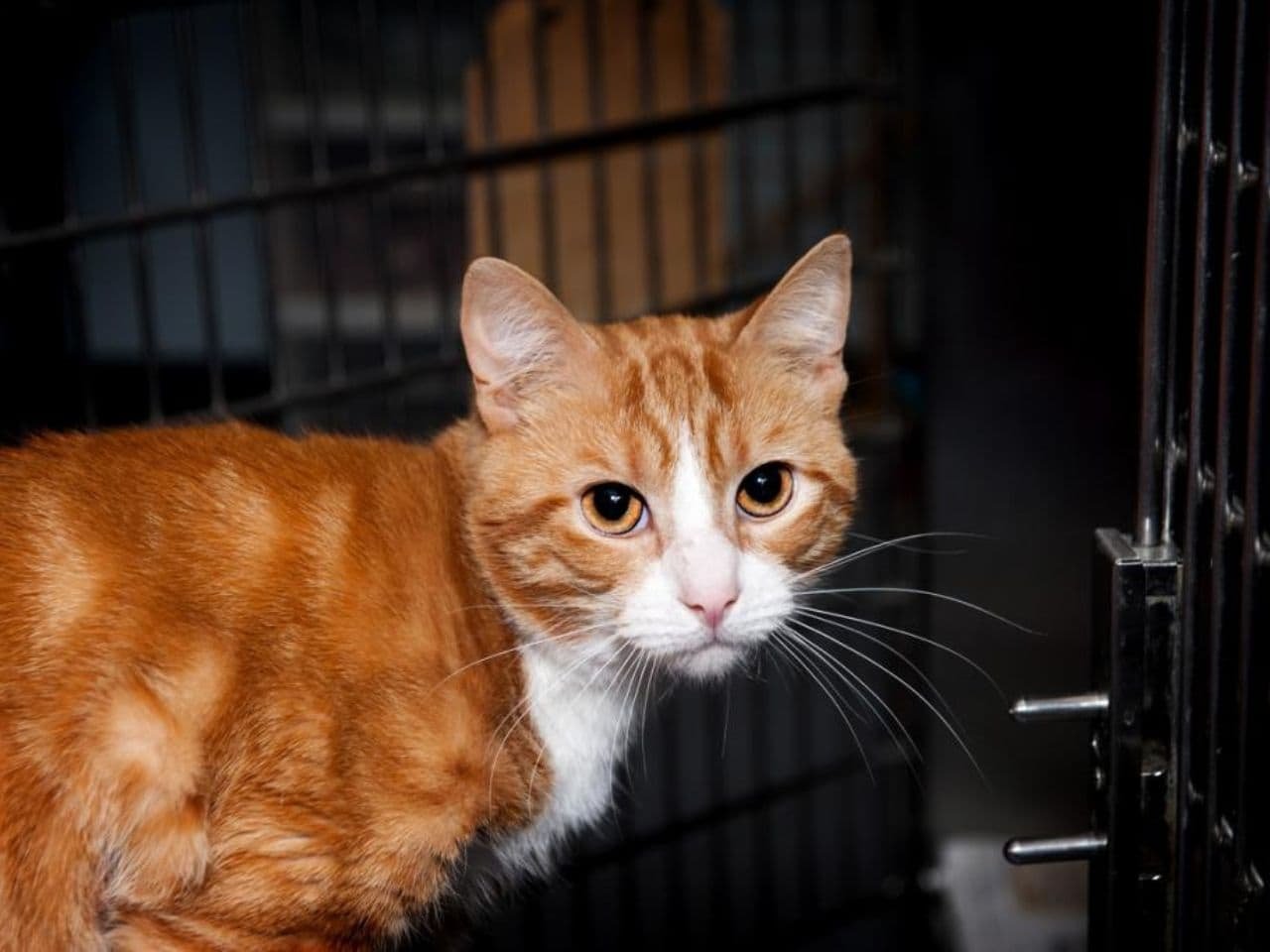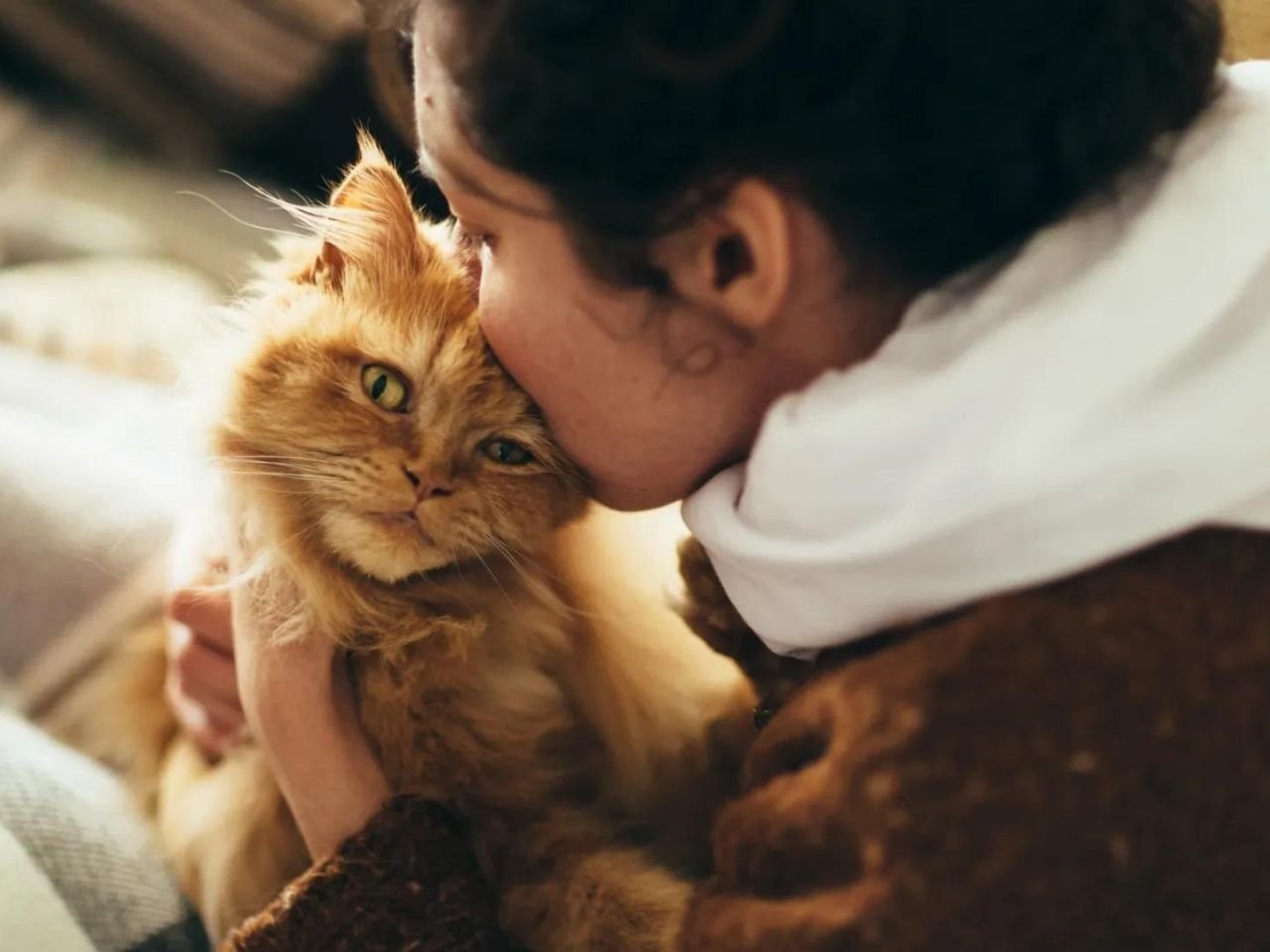Discover effective steps on how to litter train a stray cat. Ensure a clean home and happy pet with our simple, expert tips on litter training.
Place the litter box in a quiet, accessible area. Gently guide the stray cat to the box after meals and naps.
Introducing a stray cat to a litter box requires patience and consistency. Stray cats may need time to adjust to indoor living and new routines. Start by choosing a suitable litter box and placing it in a quiet, low-traffic area of your home.
Use unscented litter to avoid overwhelming the cat with strong smells. Encourage the cat to use the litter box by placing it inside after meals and naps. Reward positive behavior with treats and gentle praise. With time and patience, the cat will learn to associate the litter box with proper elimination habits. Regular cleaning of the litter box ensures a pleasant environment, aiding the training process.
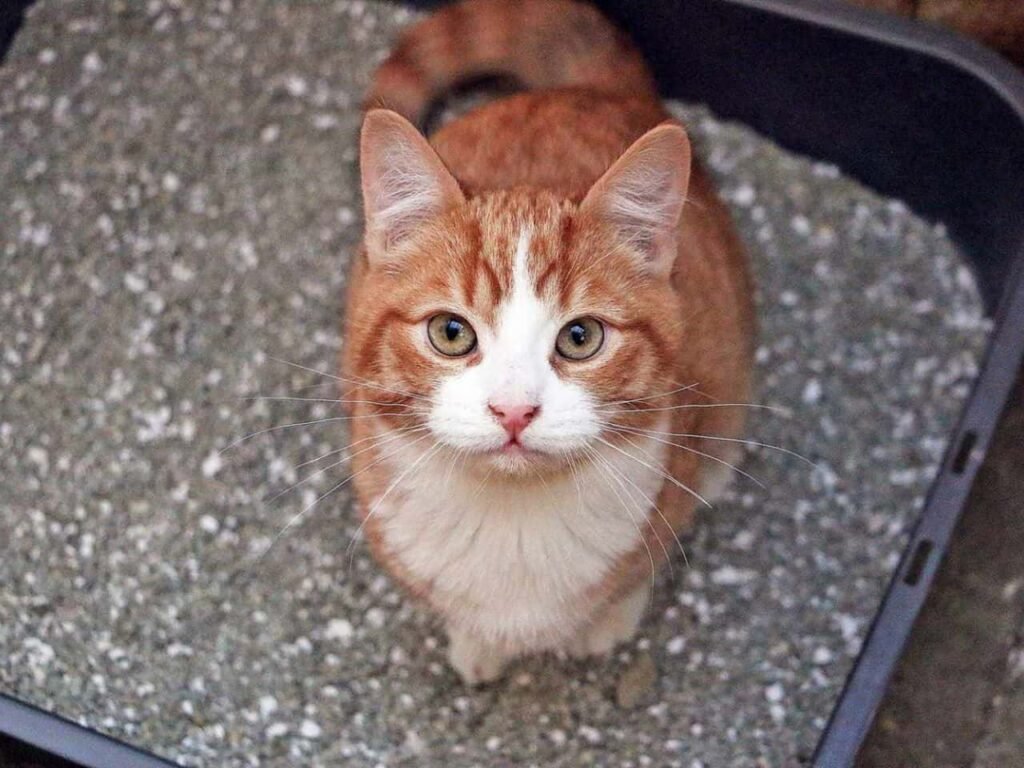
Preparing For Litter Training
Training a stray cat to use a litter box can be challenging but rewarding. Proper preparation is key. This guide will help you understand the essentials of litter training and how to set up the perfect environment for your new feline friend.
Setting Up A Litter Box
First, choose a quiet and private spot for the litter box. Cats need privacy to feel safe. The area should be away from noisy appliances and high-traffic areas. It should also be easily accessible for the cat.
Next, pick the right size of the litter box. A larger box is better for stray cats as it provides more space. Make sure the box has low sides for easy entry. Clean the litter box daily to keep it fresh.
- Place the box in a quiet spot.
- Choose a large box with low sides.
- Clean the box daily.
Some cats prefer covered boxes for added privacy. Others might feel trapped. Observe your cat’s behavior and adjust accordingly. Place a mat under the box to catch any litter that might get kicked out. This keeps the area clean.
Provide multiple boxes if you have more than one cat. A good rule is one box per cat, plus one extra. This prevents territorial issues and ensures each cat has access to a clean box.
Choosing The Right Litter
Selecting the right litter is crucial for successful litter training. Cats have strong preferences for textures and scents. Unscented, clumping litter is often the best choice. It is easy to clean and less likely to repel cats.
Avoid using scented litters as they can be too strong for a cat’s sensitive nose. Test different types of litter to see which one your cat prefers. You can start with a small amount and observe your cat’s reaction.
Consider the following factors when choosing litter:
| Factor | Details |
|---|---|
| Texture | Fine-grain litters are often preferred. |
| Scent | Unscented is usually better. |
| Clumping | Clumping litter is easier to clean. |
Make sure to keep the litter at a consistent depth. Around 2-3 inches is ideal. Too much or too little can deter the cat from using the box. Regularly replace the litter to maintain hygiene and reduce odors.
Mixing a small amount of the new litter with the old one can help transition your cat to the new litter type. Be patient and observe your cat’s preferences. This will make the training process smoother and more effective.
Also Read Our Previous Article:
Introducing The Cat To The Litter Box
Litter training a stray cat might seem challenging, but it is possible. The key is patience, consistency, and creating a welcoming space. Introducing the cat to the litter box is the first step. This process requires understanding the cat’s needs and making it feel safe.
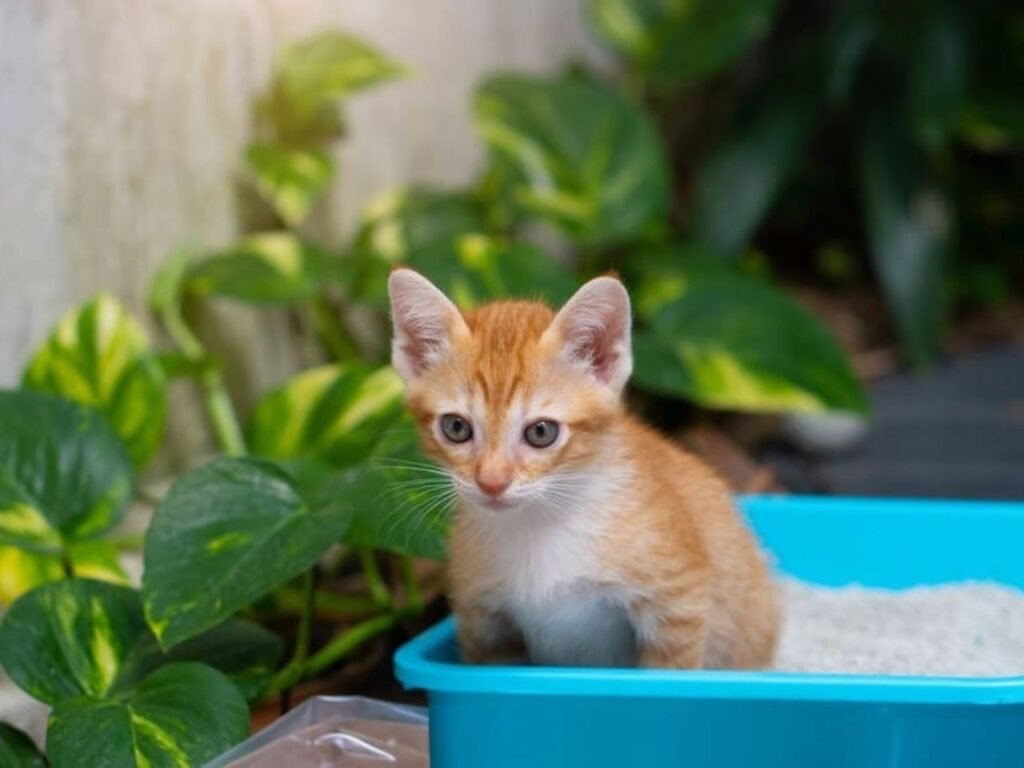
Creating A Safe And Comfortable Environment
Stray cats often feel scared in new places. It is important to make them feel safe. Start by setting up a quiet room for the cat. This room should be free from loud noises and other pets. The room should include:
- A cozy bed
- Fresh water and food
- A litter box
- Some toys
Keep the room clean and calm. This helps the cat relax and feel secure. Make sure the litter box is easy to find. Place it in a corner where the cat can have some privacy. Avoid sudden movements and loud noises around the cat. This can scare them away from the litter box.
Providing some hiding spots can also help. Boxes or covered beds are great options. Cats feel safer when they can hide. Spend time with the cat in this room. This helps build trust and makes the cat more comfortable.
Placing The Cat In The Litter Box
Gently place the cat in the litter box after meals. Cats usually need to go to the bathroom after eating. Use a soft voice and pet the cat to keep it calm. If the cat leaves the box, that is okay. Do not force it to stay. Patience is key.
Show the cat where the litter box is several times a day. This helps them remember its location. Reward the cat with a treat or praise when it uses the litter box. Positive reinforcement encourages good behavior.
Watch the cat’s behavior closely. If it starts sniffing or scratching the floor, gently place it in the litter box. This can help the cat understand what the litter box is for. Keep the litter box clean. Scoop out waste daily to keep it fresh. Cats prefer clean areas to do their business.
Consistency is important. Stick to a routine and be patient. Over time, the cat will learn to use the litter box. Remember, each cat is different. Some may learn quickly, while others may take more time.
Teaching The Cat To Use The Litter Box
Litter training a stray cat can be a challenging but rewarding experience. Stray cats often have no experience with litter boxes. Patience and consistency are key. The goal is to help the cat understand where it is acceptable to go to the bathroom. This guide will help you teach your stray cat to use the litter box effectively.
Encouraging The Cat To Explore The Litter Box
Cats are naturally curious. Place the litter box in a quiet, private area. This helps the cat feel safe. Show the cat the litter box by gently placing it near the box. Let the cat sniff and explore it. Avoid forcing the cat into the box. This can cause fear and reluctance.
Use positive reinforcement. When the cat goes near the litter box, praise it or give it a treat. This builds a positive association with the box. Keep the litter box clean. Cats prefer clean areas to do their business. Scoop out waste daily and change the litter regularly.
Here are some tips to encourage exploration:
- Place the litter box in a quiet spot.
- Use unscented litter.
- Use a low-sided box for easy access.
- Praise the cat when it approaches the box.
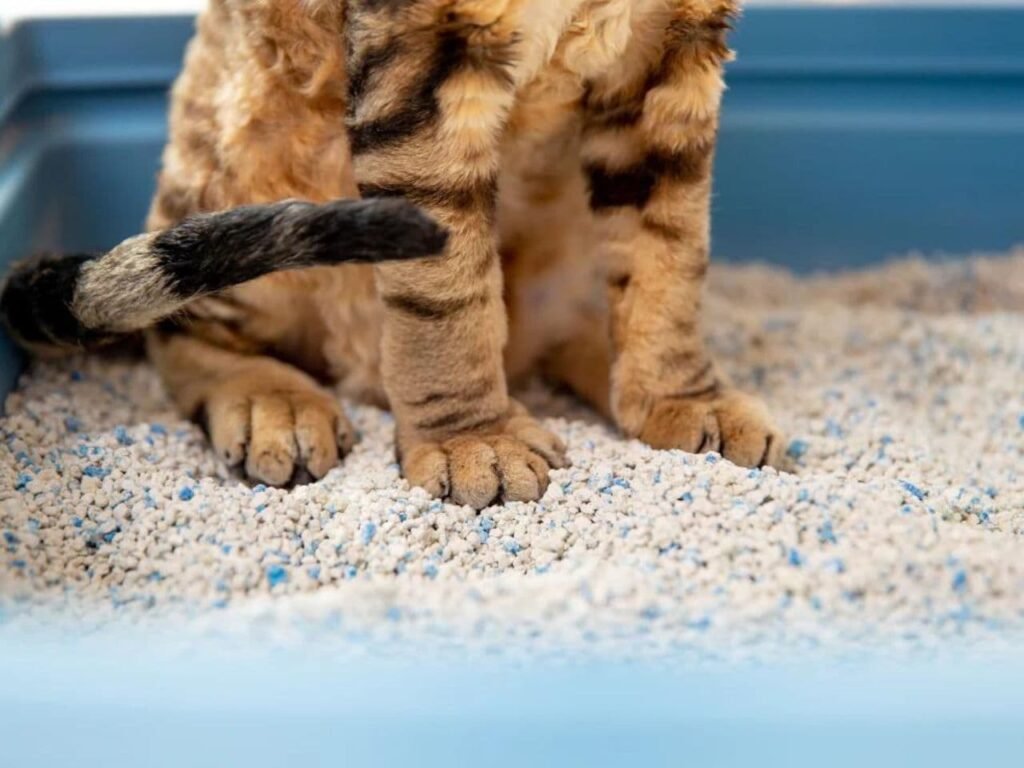
Rewarding The Cat For Using The Litter Box
Rewards help reinforce good behavior. When the cat uses the litter box, could you give it a treat or offer praise? Consistency is key. Make sure to reward the cat every time it uses the box correctly. Positive reinforcement helps the cat understand that using the litter box is good.
Monitor the cat’s behavior. If the cat uses the box, praise it right away. If the cat has an accident, clean it up without fuss. Avoid punishment as it can create fear. Instead, focus on rewarding the correct behavior.
Consider using a reward chart to track progress: DayNumber of Successful UsesRewards GivenMonday33 treatsTuesday44 treatsWednesday55 treats
Frequently Asked Questions About How to Litter Train a Stray Cat
Can A Stray Cat Learn To Use A Litter Box?
Yes, a stray cat can learn to use a litter box. Start by placing the litter box in a quiet area. Gradually introduce the cat to the box—positive reinforcement and patience help. Consistency is key to successful training.
How Do You Train An Outdoor Cat To Use A Litter Box?
Place the litter box in a quiet, accessible area. Gradually bring the cat indoors for short periods. Encourage the cat to use the litter box by placing it inside. Reward with treats and praise after successful use. Clean the box regularly to maintain hygiene and attract the cat.
How To Train A Stray Cat To Be A House Cat?
Start with a safe space for the cat. Gradually introduce it to your home. Provide food, water, and a litter box. Use positive reinforcement and patience. Consult a vet for health checks.
How To Get A Rescue Cat To Use A Litter Box?
Place the litter box in a quiet, accessible area. Use unscented litter, and gently place the cat inside. Praise and reward them after use. Keep the box clean to encourage regular use.
Successfully litter training a stray cat requires patience and consistency. Create a safe, welcoming space for your new pet. Use positive reinforcement to encourage good habits. Remember, every cat is different, so be patient. With these tips, your stray cat will soon be happily using the litter box.



